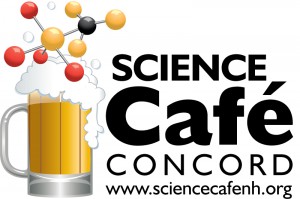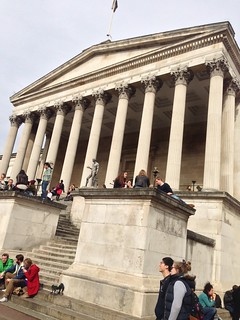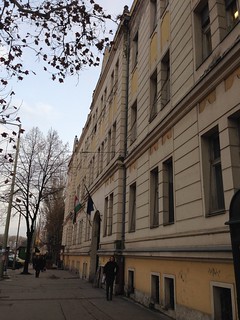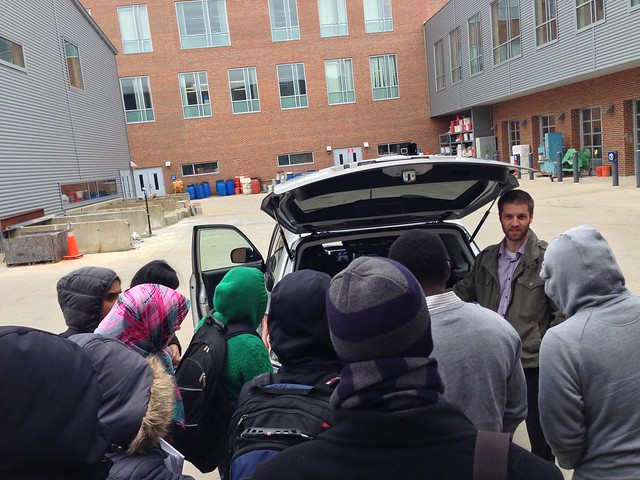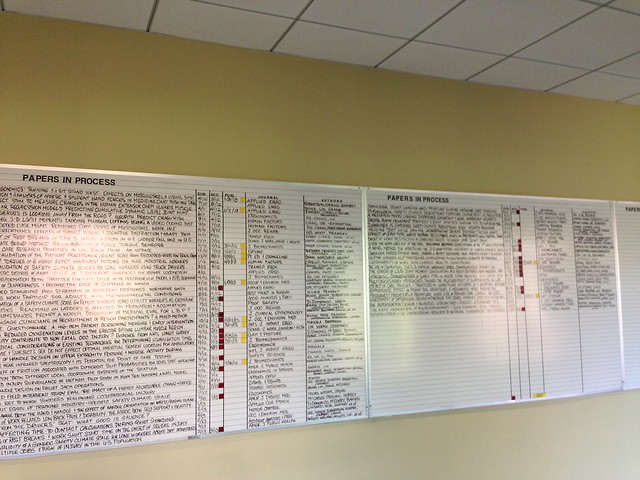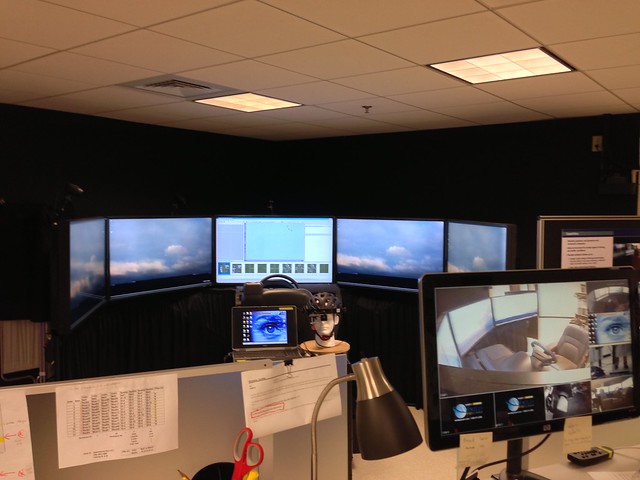This week I had a chance to participate in a panel discussion on self-driving cars at the Concord Science Cafe, organized by David Brooks. David is a science writer for the Concord Monitor – thanks David for inviting me! The other panelists were Joe Cunningham of NHTI, and Sean Smith of Dartmouth. Joe’s background is in robotics and automation, while Sean is a computer scientist with a focus on information security.
Science Cafe brings together experts from a particular field and an audience made up of members of the community who are interested in that topic. The audience brings up questions and problems, and the panel tries to provide insight from their own perspective. In our case this resulted in a really fun exchange of ideas between David who was moderating, the panelists, and the audience of about 50.
Some of the things I learned from this panel:
- You should organize an event like this at a bar, in order to make everyone relax and feel comfortable.
- Many people worry about the capabilities of self-driving cars: are they really better than humans?
- Tire pressure sensors can be a security risk because they can be detected from outside the vehicle, even to set off an explosive meant for the passengers of that vehicle.
- Owners of self-driving cars might look for modifications to the car’s software, e.g. to set up their vehicle to exceed the speed limit. Thus, even with self-driving cars we will still need traffic rule enforcement of some kind.

